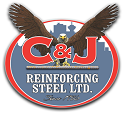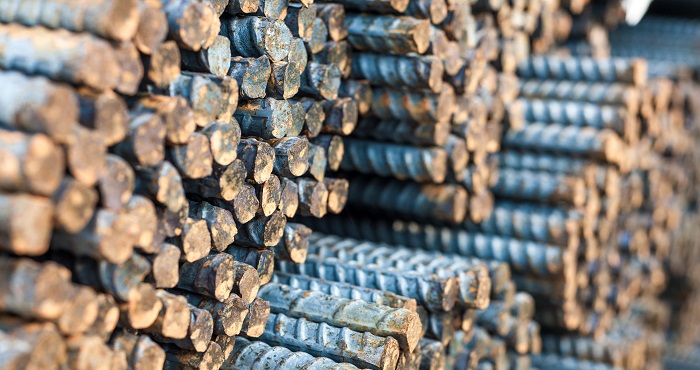By Sandford Tuey
With a foundation project, you can use six different types of rebar, and making sure you choose the right kind of reinforcing steel is very important when setting up your concrete foundations, footings or cement slabs.
- European: Made from manganese, this type of rebar is reasonably priced. While easy to work with European rebar is the least resistant to warping or bending. As such, this rebar is not best suited for areas that experience earthquakes or demand substantial structural integrity. It sure is easy to work with though.
- Carbon Steel: Used on all manner of projects requiring steel reinforced concrete, carbon steel, or black bar as it is also known, is by far the most common. One of the setbacks of using carbon steel rebar is corrosion. When rebar is exposed to humidity or large amounts of moisture the rebar corrodes and as that corrosion expands it prematurely deteriorates the cement around it. The tensile strength ratio coupled with the value makes black rebar one of the best choices.
- Galvanized: When considering this type of rebar, you must take into consideration the forties; galvanized rebar is 40% more resistant to corrosion than carbon steel rebar and it is more durable and difficult to damage the coating. Unfortunately, it is also about 40% more expensive than Epoxy coated rebar.
- Epoxy Coated: This type of rebar is basically the same as black bar or carbon steel rebar with the difference being the epoxy coating. The addition of the epoxy coating makes this rebar much more resistant to corrosion, something on the order of about 1700 times more resistant. Unfortunately, the epoxy coating is delicate and when that coating is damaged it greatly reduces the effectiveness as a barrier to moisture and thus, corrosion.
- Stainless Steel: It is the best type rebar for most projects but it also the most expensive, coming in at several times the cost of the same quantities of epoxy coated rebar. Stainless steel rebar is about 1,500 times more resistant to corrosion than black bar but it’s use on most projects represents an added expense that just isn’t necessary. Stainless steel rebar can be bent in the field.
- Glass-Fiber-Reinforced-Polymer: Glass-Fiber-Reinforced-Polymer rebar or GFRP rebar as it is more commonly called, is a composite of materials much like carbon fiber. Given the nature of this type of rebar it cannot be bent in the field. The biggest factor when considering GFRP is the fact that it will not corrode making it the most durable option. The downside is that GFRP rebar costs about ten times as much as epoxy coated rebar but by weight, the actual cost is only about doubled when taking linear footage into account.
C&J Reinforcing Steel hopes this information helps you to choose the right rebar for your construction project. However, if questions remain we invite you to contact us to discuss all of your concrete reinforcing requirements.


